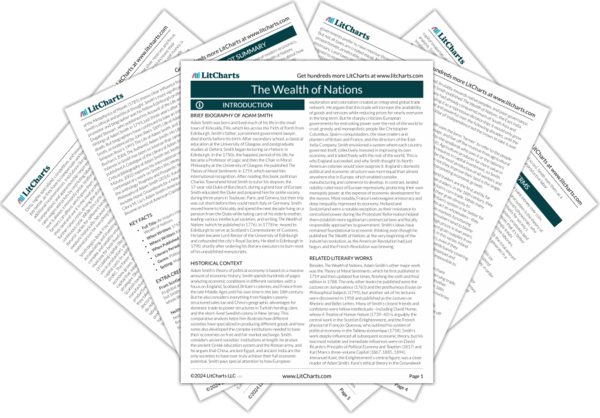As Smith noted earlier, money is just one small part of society’s circulating capital. Accumulating too much of it amounts to preventing a portion of it from circulating, which actually harms economic activity. Indeed, while modern paper currency costs next to nothing to produce, the cost to mint gold and silver coins is the same as those coins’ value (minus any seigniorage). In other words, the British government can freely print £100 today, without foregoing investment in anything else. But in Smith’s era, minting £100 in coins actually meant spending £100 in capital—which then couldn’t be invested in anything else. This is why, the more capital a nation keeps in the form of excess currency, the less it can actually invest in growing its economy.
